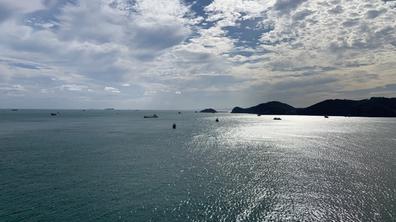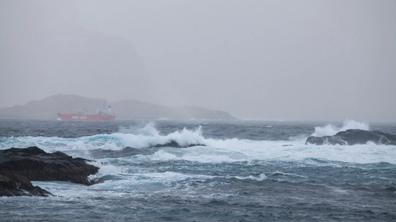Several measures have been introduced and actively work to prevent marine litter through better systems, new knowledge and changes to regulations.
Preventive initiatives
- The IMO Environment Committee (MEPC) adopted an action plan to combat plastic litter from vessels in 2018. This work is based around the fact that, even though regulations have been implemented through legislation, conventions and international agreements, discharges from vessels still occur and lead to, among other things, plastic litter in the ocean. The plan includes short-term and long-term solutions.
- Norway was one of the countries to recommend that plastic pellets should be considered a harmful pollutant under the IMO’s International Maritime Dangerous Goods Code (IMDG). This will lead to stricter requirements concerning the packaging of this type of raw material. The background to this is the discharge of plastic pellets, nationally and internationally, which has resulted in extensive plastic pollution.
- Together with the EU, the World Shipping Council has submitted a proposal to the IMO Maritime Safety Committee (MSC) to expand the reporting requirement for container losses. Today, the reporting requirement applies only to the loss of containers containing hazardous or polluting materials.
- The IMO’s Safety of Life at Sea (SOLAS) currently sets out requirements for the loading and securing of containers on cargo vessels. SOLAS sets out requirements for all cargo to be weighed prior to the loading of the vessel in order to prevent accidents and container loss resulting from incorrect weight reporting
Good examples of projects and knowledge acquisition
- Norway, the IMO and the UN Food and Agriculture Organisation (FAO) created the Glo-Litter Partnerships project in 2019. The project assists selected countries in drawing up regulations and action plans to reduce marine litter from the maritime industry and explores new solutions to reduce marine litter.
- Studies are broadening the understanding of the causes of container loss. One example is the Top Tier project, which has presented a plan for how crews can plan, recognise and manage parametric resonance, which is a rare but particularly dangerous threat to modern cargo vessels, as it affects the stability of the vessel.
- The Circular Rope pilot project is working to extend the service life of mooring ropes, e.g. by contributing to improved and more accessible flow of information within the rope industry.
- The start-up Sensorita is working to streamline waste management on land using sensor technology. Such technology can help prevent litter at ports due to overflowing skips.
- Operators in the cruise ship industry currently help by providing information about the litter problem to guests on board, as well as by helping with clean-up activities at beaches they visit and partnerships with researchers and local parties to increase awareness and knowledge of marine litter. One example of this is the AECO’s Clean Seas Project.
National and international regulations
All vessels travelling or operating at sea must act in accordance with the regulations drawn up by the International Maritime Organisation (IMO). The International Convention for the Prevention of Pollution from Ships (MARPOL 73/78) sets out requirements relating to, among other things, waste management onboard and at port. It also prohibits any form of dumping of plastic at sea. The Convention has been incorporated into Norwegian legislation through the Norwegian Ship Safety and Security Act.
The purpose of the London Convention is to protect the marine environment and implement practical measures to combat marine litter. It prohibits the dumping of plastic and other synthetic materials at sea. The Convention was signed in 1972 and entered into force in Norway in 1975. In 1996, an agreement was reached to modernise the Convention through the London Protocol agreement. The London Protocol places greater emphasis on the precautionary principle and prohibits all forms of dumping of waste at sea, with the exception of certain types of waste (“the reverse list”).
The Norwegian Pollution Regulations
The Norwegian Pollution Regulations are based on the Norwegian Pollution Control Act and include requirements relating to waste management from shipping.
The regulations stipulate that all waste and cargo residues from vessels shall be delivered to port and also impose requirements for there to be satisfactory waste collection systems in place at Norwegian ports. Even though the regulations are in place, there is still a need to improve waste management at Norwegian ports. The Norwegian Environment Agency and the Norwegian Maritime Authority have proposed several stricter requirements as changes to the Norwegian Pollution Regulations with regard to the delivery and receipt of waste from vessels. These changes arose in connection with the ongoing efforts to introduce the new EU Port Reception Facilities Directive in Norway.
SafeSeaNet is a portal that provides an overview of shipping in EU waters. Here, the crew on board will report the volume and types of waste that will be delivered at port. In Norway, the supervisory authority is the Norwegian Maritime Authority and the authority keeps an overview to ensure that vessels report the waste on board and deliver the waste at port.




